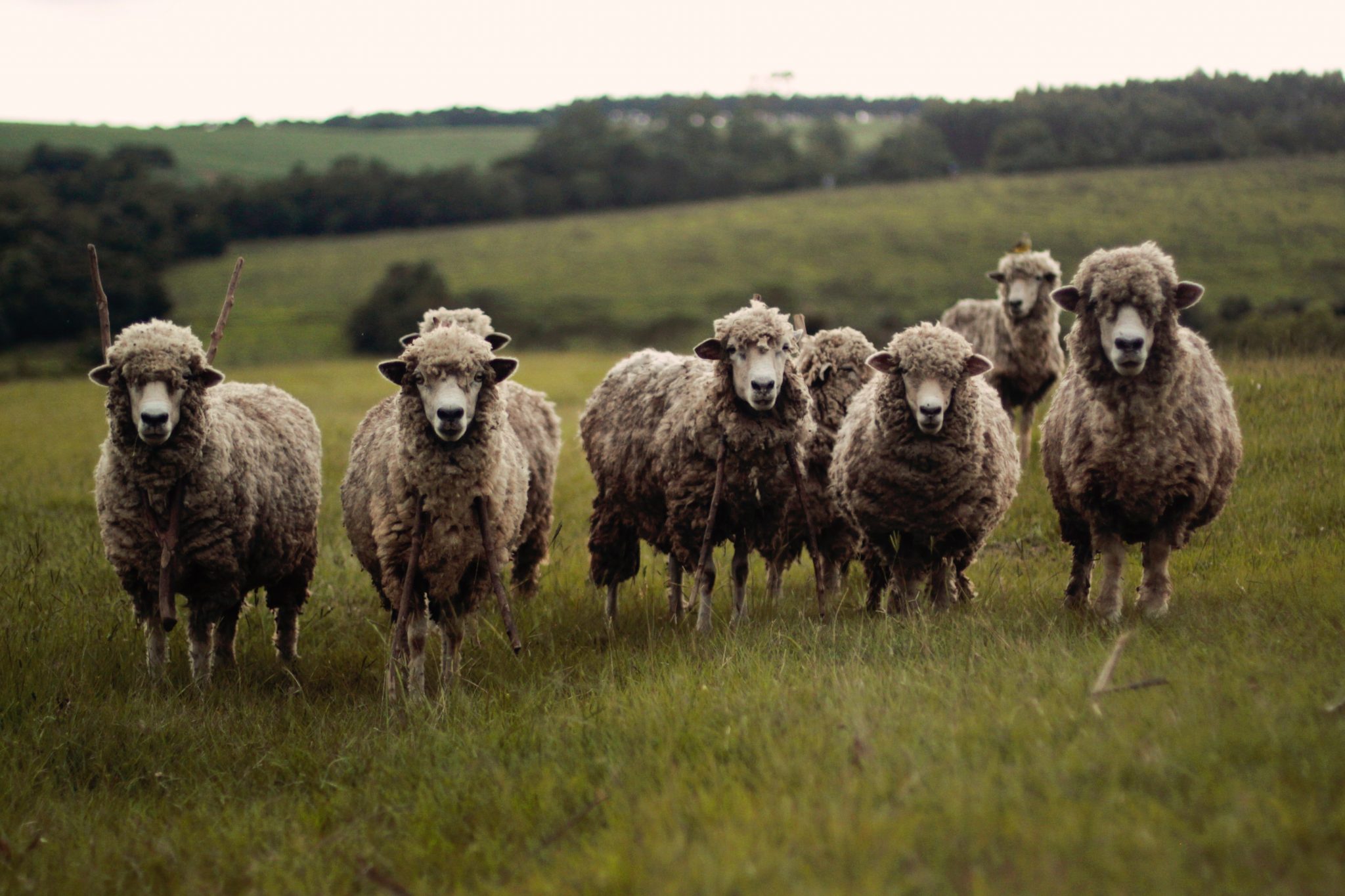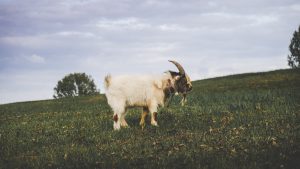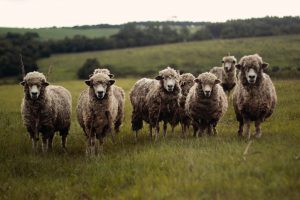Sheep and goat are the names of two different animals that share some characteristics that make them more similar than they appear. Both animals belong, in fact, to the subfamily of the caprinae . Both also belong to the bovidea family , such as cows and oxen. However, they are very different animals, with very specific needs and characteristics.
Sheep | Goat | |
|---|---|---|
| Scientific name | Ovis orientalis aries | Capra aegagrus hircus |
| Other names | The sheep are also called lambs, lamb, sheep (male sheep), borro, ciclán, morionda, mardano, marueco (a), pecora, primala, ternasco, among others. | As for the goats, they are also known as bastards (male, although the word may be high-sounding in some countries), goat, sneak, chiva or goat, goat, kid, irasco, among others. |
| Cattle name | Cattle | Goat cattle |
| Physical appearance | The sheep are medium ruminant mammals. They usually weigh between 45 and 160 kilos. Their hair is curly and dense. The males on each side of the head have horns, although this feature depends a lot on the sheep breed. As for the color, they range from intense white to brown or black, through stains and patches of color. It almost always has a tail, although there are races that it does not possess. This falls down, does not stay upright. | On the other hand, goats are smaller than sheep. They are short-haired mammals, and agile legs. They have a pair of horns one on each side of the head. Both females and males have horns. An important physical difference between sheep and goats is that the latter have a small beard. In addition, the goats have tails that remain upright at all times. |
| brief introduction | The sheep were one of the first animals to be domesticated, 7 thousand years BC, according to some evidence. They are herbivorous animals, which have great value for the human being. Of gregarious behavior, usually they are found in large groups. | These small mammals are considered one of the invasive species that have caused the most damage in the world. Goats are very agile animals, as their ancestors and some wild relatives were climbers. It is not uncommon to find goats even in the treetops. |
| Production | Wool, milk meat (for the production of cheese), skin. | Meat, milk and skin Hair is not very common, but there are communities where it is used. |
| Other data |
|
|



